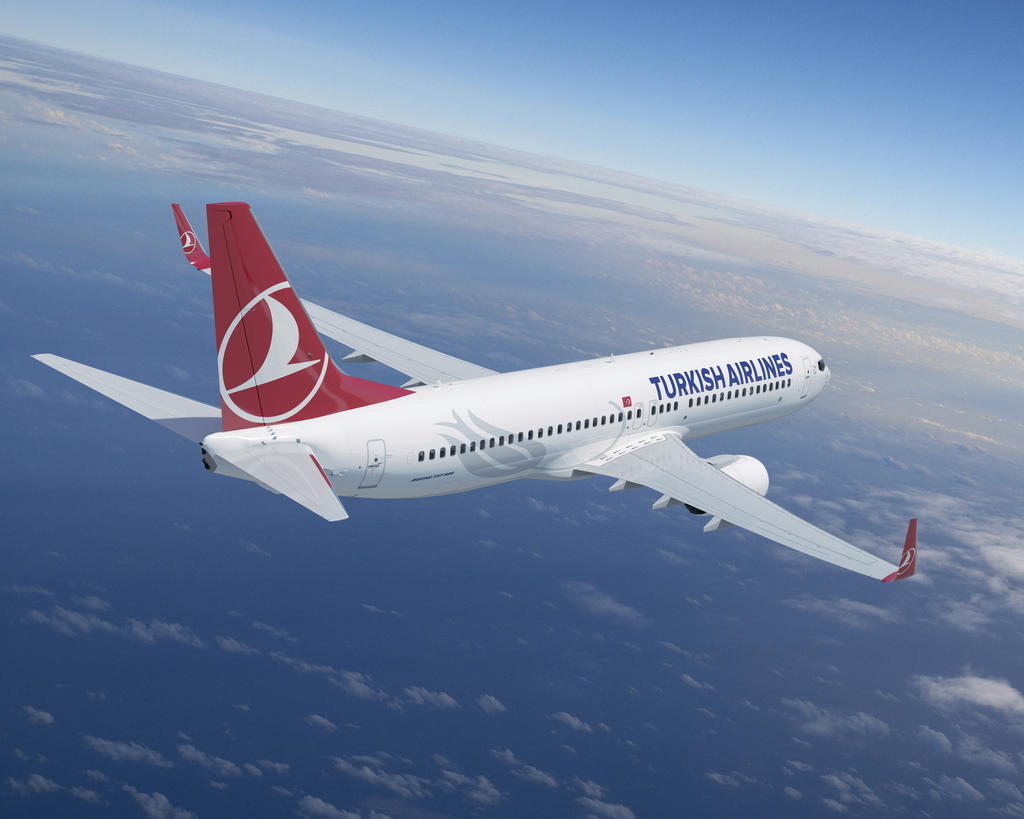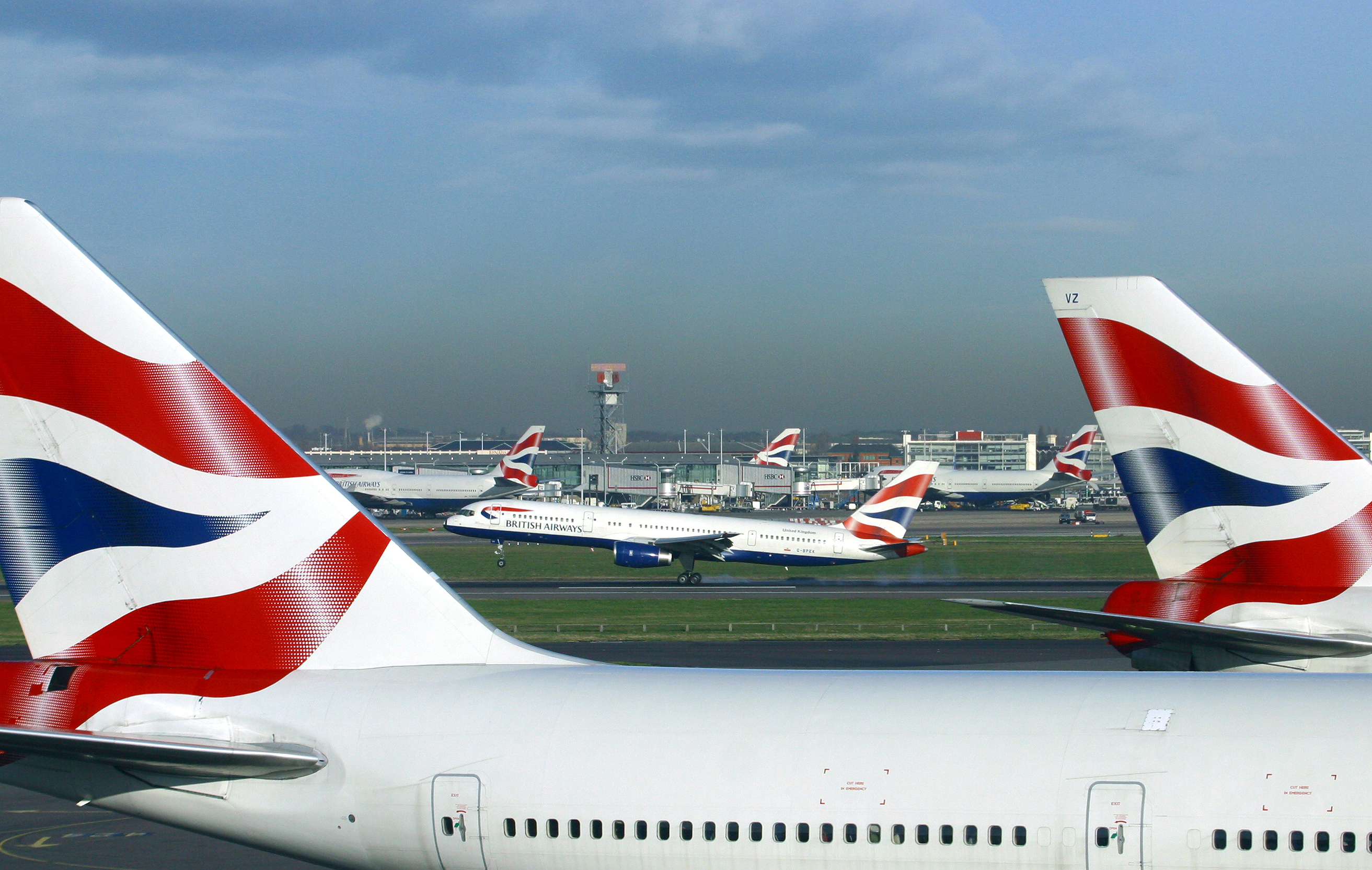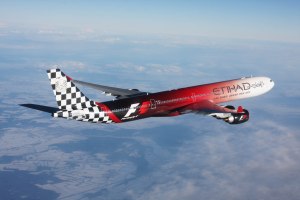July 18, 2014
by David Leo
HOPE of Europe-based airlines bouncing back into good times on the back of an improved economy is not turning out to be as expected. Much of the good news reported last year seems to be short-lived.
Air France-KLM is among the airlines that have issued profit warnings, even though it expects higher earnings compared with 2013. The issue is the trending back down in growth. The airline is expecting to fall short of the forecast with revenue falling from 2.5 billion euros (USD 3.39 billion) to between 2.2 billion and 2.3 billion euros. It has cited rising competition from other carriers on the long-haul especially to North America and Asia, over-capacity as a consequence of the competition, weak cargo demand, and currency restrictions in Venezuela for the negative impact on its profitability.

Courtesy Reuters
Lufthansa has already announced a similar profit warning ahead of Air France-KLM. The German flag carrier is expecting lower than forecast profits – 1 billion euros compared to a high of 1.5 billion euros. Consequently it is also reducing its 2015 earnings forecast from 2.65 billion euros to 2 billion euros. Also citing competition for its woes, Lufthansa faces the same currency restrictions in Venezuela, which would reduce its profitability by 60 million euros. Additionally, the airline was plagued by a pilot strike in April that cost it another 60 million euros. The slowdown is evident in reduced seats offered over the winter, according to Lufthansa chief financial officer Simone Menne.
Irish airline Aer Lingus has also issued a warning on reduced profits estimated to be 10 to 20 per cent lower than last year’s, following a strike by cabin crew last month that caused disruption to some 200 flights and, according to a statement issued by the airline, “significant damage to Aer Lingus’ trading and forward bookings for several months into the future.”
The International Air Transport Association (IATA) was optimistic about a positive year for the global industry, expecting 2014 profits (US$3.2 billion) to almost double that of 2013 (US$1.7 billion). Although it has revised its forecast a little downward on account of new uncertainties in fuel prices as a consequence of geopolitical risks threatening Ukraine and the Middle East, and of capital outflows moving away from emerging economies largely to a strongly revived US economy, it will still be a much better year globally. But compared with other regions, the latest performance statistics for June showed that breakeven load factors are highest in Europe – the result of low yields and high regulatory costs. So, even though the region scored the second highest load factors, its financial performance fell behind the United States, the Middle East and Asia Pacific.
Of the top 10 countries ranked by the number of international passengers identified by IATA, five are in Europe: United Kingdom, Germany, Spain, France and Italy. About a quarter of the world`s tourist arrivals are concentrated in Europe (excluding Russia). Yet the situation is not all that rosy. The weakness of Europe seems to stem from inherent issues that have caused home airlines to direct their umbrage at the competition posed by foreign carriers, rather than the other way around as impacted first by external factors.
While foreign carriers in the Middle East and Asia Pacific have often been accused of unfair competition from a lower cost base and in some cases allegedly supported by government subsidies, the corollary is that airline operations in Europe are faced with high costs that include wages and airport charges, high taxes, cumbersome regulations and the propensity of costly industrial strikes. Some of the costs are levied directly on air travellers or through the airlines, since invariably the fees are passed on to the passengers. The UK is notorious for the suite of fees, among them the Air Passenger Duty which continues to escalate and which has become a significant source of revenue for the authorities. A new carbon tax would have been introduced in 2013 if not for the protest by the international community.

Courtesy Etihad Airways
On the competition posed by foreign carriers, the biggest threat appears to come from cash-rich Middle East airlines. When Lufthansa`s newly appointed CEO Carsten Spohr took over the helm in May, he identified the Gulf carriers as the most daunting challenge for his tenure, and that tackling this would be a priority for him. The Gulf carriers are widely recognized as the big three in the Middle East, namely Emirates Airlines, Etihad Airways and Qatar Airways. Mr Spohr suggested that Gulf carriers are not competing on a level playing field. The rate at which Etihad picked up stakes in European carriers (and around the world) has raised concerns of a Middle Eastern dominance that would be detrimental to their survival. Among the carriers that Etihad has bought into are Air Berlin, Air Serbia, Darwin Airlines and most recently Alitalia. Etihad`s CEO James Hogan defends his airline`s strategy as one of rescuing ailing European carriers on the brink of collapse, though not denying it is at the same time seeking growth through partnership.
Yet, to be fair, European carriers themselves have seen much consolidation among themselves too. Air France and KLM have merged. Lufthansa owns Swiss International. British Airways, Iberia and Vueling make up the International Airlines Group. According to IATA, improved profitability in Europe may be attributed in part to efficiencies brought about by consolidation, not necessarily among airlines within the region itself but also across borders such as the partnership between British Airways and American Airlines and the acquisition of a 49-per-cent stake by Delta Airlines in Virgin Atlantic. But it is a hard fact to swallow when, as an example, Air France-KLM could have had upped their ante in Alitalia and become majority stakeholder but have had their stake reduced substantially instead with the participation of Etihad.
Mr Hogan said: “Gulf carriers are not the cause of Europe’s aviation challenges.” Rather, an airline like Etihad has seized the opportunity availed by the region’s weakness, itself blessed by its rich resources and thanks no less to Europe’s liberal aviation policies for which it (Europe) should be commended.
European carriers have said that the competition has forced down ticket prices and resulted in over-capacity. It is easy to see what happens to margins if costs are not similarly managed, Interestingly Lufthansa sees the answer in low-cost services to be launched to Asia and possibly extended to Australia, packing in more seats in its wide-body jets to lower seat costs which will in turn mean lower fares. The elusive dream of a viable budget long-haul in spite of the failed Hong Kong-London run by Hong Kong’s Oasis Airlines and the short-lived services to London and Paris from Kuala Lumpur by AirAsia X continues to lure. Norwegian Air Shuttle became the latest operator to take up that challenge when it launched services from London’s Gatwick Airport to Los Angles, Fort Lauderdale and New York. But Norwegian’s derring-do is on a different plane as Lufthansa’s strategy aimed at countering the cheap fares offered by the competition, that if you can’t beat them, join them and hopefully beat them at their game.
On that score, Lufthansa may have already been defeated if Mr Spohr is thinking of targeting the Gulf carriers, which have so far deemed it not necessary to go down that road which continues to be lined with the usual financial risks of high costs and low yields, and the traveller’s reservations about the lack of basic creature comforts for the long hours of flying. It is therefore not the safest of bets for Lufthansa.
Mr Spohr has not decided whether Lufthansa would go it alone or join hands with Turkish Airlines. There is a redeeming feature here. Turkish and Istanbul’s Ataturk Airport could be the challenge to Gulf carriers and Dubai International in the race to be the hub connecting Europe and the rest of the world with some help. This is the kind of counter move that can really reshape the competition rather than merely playing the same game that has been mastered by the competitor.
This article was first published in Aspire Aviation.























